If you’ve ever thought you need millions to make a movie, think again. Some of the wildest success stories in film started with pocket change and a few friends who wouldn’t quit. So, what’s the deal with 'no-budget' movies? It’s not just an internet myth. There are real films out there shot on shoestring budgets—sometimes under $1,000—and a few even managed to hit it big at the box office.
Why should you care if a movie had no budget? Because it totally flips the idea that only blockbuster money leads to blockbuster hits. Maybe you’re planning a weekend film with your buddies or you’re just curious if cheap can actually mean good. Real-life examples, creative tricks, and plenty of epic fails—all of it proves that sometimes the only limit is how far you’re willing to hustle.
- What Does 'No Budget' Actually Mean?
- Famous Movies Made for Peanuts
- How These Movies Pulled It Off
- Box Office Shocks: From Zero to Hero
- Tips for Making Your Own No-Budget Film
- Lessons from the No-Budget Revolution
What Does 'No Budget' Actually Mean?
The term "no-budget movie" gets thrown around a lot, but here’s what it really means. In the world of no-budget movies, filmmakers usually spend almost nothing—sometimes literally zero dollars—on making their film. This is a whole different ballgame from low-budget films, which might still spend tens of thousands.
So, what do you actually see in a no-budget project? Usually, it means:
- No paid actors—everyone's a friend or a volunteer.
- Borrowed or existing gear—using phones or old cameras, not fancy Hollywood setups.
- One location or whatever’s free (backyards, basements, or public parks).
- No money for costumes, props, or special effects—they use what they already have.
- Editing done at home on basic software, sometimes even free online tools.
Back in 1992, "El Mariachi" hit the scene with a reported budget of just $7,000. For some, that’s not zero, but in the indie film world, it’s about as close as you can get. More recently, movies like "Paranormal Activity" (originally $15,000) and "Primer" (about $7,000) pushed the idea that a no-budget movie could grab real attention—sometimes making millions in return.
But just how cheap is "no budget"? Here's a comparison:
| Movie | Budget | Box Office |
|---|---|---|
| Paranormal Activity | $15,000 | $193 million |
| Primer | $7,000 | $545,000 |
| El Mariachi | $7,000 | $2 million |
Seeing those numbers, you start to realize that box office hits don't always start big. What they lack in money, they really make up for in passion, resourcefulness, and just figuring stuff out as they go.
Famous Movies Made for Peanuts
So, who's managed to actually make a movie with pretty much no money? There are real examples—some you probably know, and a few you’ve never heard of but totally should.
One of the wildest stories is "Paranormal Activity." This no-budget movie was shot in Oren Peli’s own house for just $15,000. For context, that’s less than what most studios spend on one day of catering. The kicker: it pulled in nearly $200 million worldwide. Kevin Goetz, a film industry analyst, called it a “masterclass in how smart storytelling can replace dollars.”
“For every big studio blockbuster, there’s a film like Paranormal Activity that proves creativity trumps cash,” said indie film journalist Anne Thompson in an interview with IndieWire.
"The Blair Witch Project" is another classic no-budget movie everyone talks about. Made for $60,000 by a handful of friends with handheld cameras, it became a cultural phenomenon. Did it break records? Absolutely—it earned almost $250 million globally and kicked off found-footage horror for a whole generation.
Need a non-horror example? Take “Clerks.” Kevin Smith maxed out his credit cards, sold his comic books, and filmed after-hours at the convenience store where he worked. The budget? Just $27,000. The movie’s gritty vibe wasn’t a style—it was necessity. Still, it became a cult classic and made millions at the box office.
| Movie | Budget | Global Box Office |
|---|---|---|
| Paranormal Activity | $15,000 | $193,000,000 |
| The Blair Witch Project | $60,000 | $248,000,000 |
| Clerks | $27,000 | $3,200,000 |
These numbers aren’t fake. They prove a no-budget idea can blow up in a big way. If your dream seems out of reach because of money, the stories above show the real roadblock isn’t your wallet—it’s giving up before you start.
How These Movies Pulled It Off
Ever wonder how a no-budget movie actually gets made? It’s not just about cutting corners; it’s about flat-out creativity. Usually, these films survive on grit, a free camera (often borrowed), and help from friends and family who believe in the idea. Let’s look at what really goes on behind the scenes.
Take “Paranormal Activity,” for example. Shot in just seven days in the director’s own house, the film cost a measly $15,000. Every prop and set was already there—no fake blood or crazy effects, just a handheld camera and real reactions. The cast worked for a share of the profits instead of getting paid up front. That gamble paid off when the movie raked in millions at the box office.
For “Clerks,” Kevin Smith used credit cards and maxed out his savings. He filmed at the convenience store where he actually worked, often shooting overnight after his shift ended. No fancy locations, no Hollywood actors—just real people in real places. This gave the movie a raw, honest vibe you just can’t fake.
And then there’s “The Blair Witch Project.” This film cost only $60,000 to make. The directors sent their actors into the woods with no script and filmed everything like it was real. They used basic cameras and natural lighting—no pricey equipment at all. Their trick was to keep things so real, audiences felt like they were watching found footage.
- Directors often shoot in their own homes or neighborhoods to avoid location fees.
- Most no-budget movies rely on volunteers or pay cast and crew with promises of profit sharing.
- Equipment is usually borrowed, rented cheaply, or even shot on smartphones these days.
- Scripts get trimmed to match what’s actually available—if there’s no cash for car chases, you won't see any in the film.
- Special effects? Usually DIY. Flour for smoke, ketchup for blood—it’s all about working with what you already have.
Sometimes it’s even about who you know. If your cousin owns a coffee shop, that’s your film set now. The key is making it work no matter what. Here’s a quick breakdown of what these movies usually look like behind the scenes:
| Resource | Typical Solution |
|---|---|
| Filming Locations | Director or friends' homes, workplaces |
| Actors | Friends, family, local talent |
| Equipment | Borrowed cameras, smartphones |
| Food & Supplies | Donated snacks, home-cooked meals |
| Lighting | Natural light, household lamps |
What’s wild is that these hacks don’t just keep costs low—they actually give these indie film stories a gritty, relatable style that audiences end up loving. It proves you really don’t need Hollywood money to make something people can’t stop talking about.
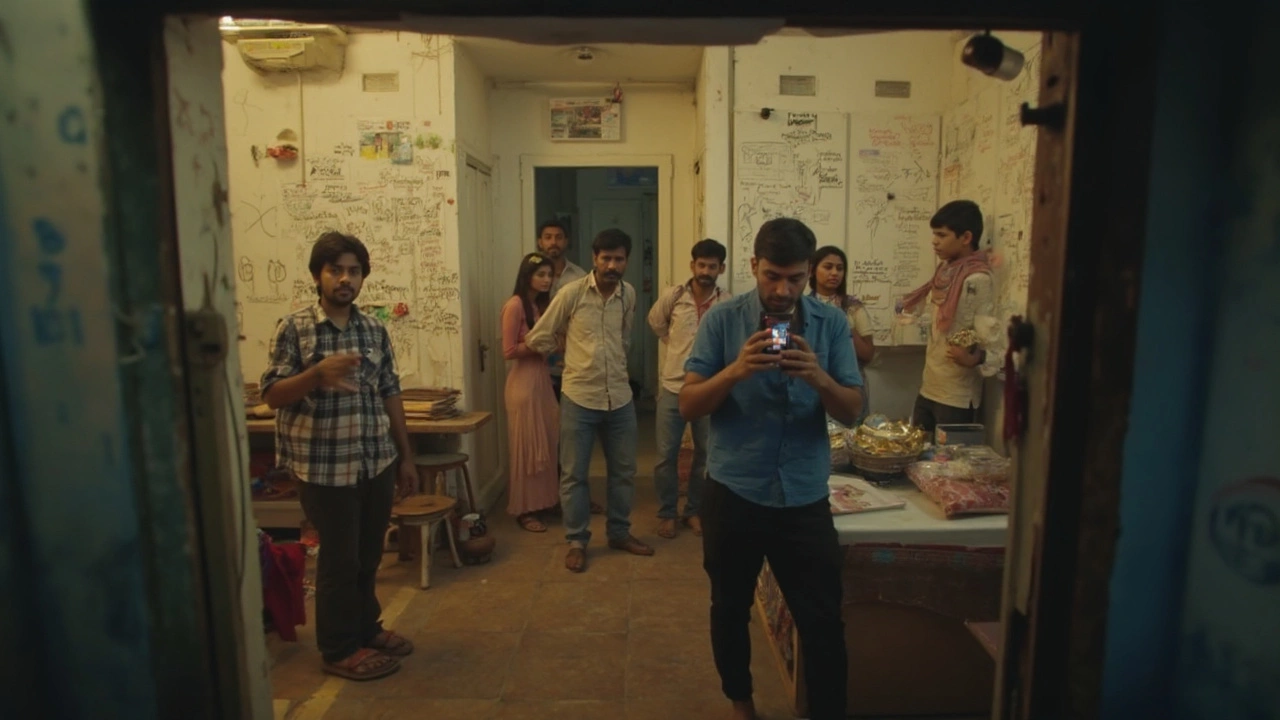
Box Office Shocks: From Zero to Hero
People expect mega hits to come from Hollywood with millions poured in. But some no-budget movies made at home or in backyards have put that idea to shame. The best part? A handful of these almost broke the whole box office game by earning back their costs thousands of times over.
Let’s talk numbers. The biggest legend here is The Blair Witch Project, which cost roughly $60,000. Nothing by Hollywood standards. Yet it raked in nearly $250 million worldwide—that means it made back over 4,000 times its initial budget. That’s like finding a winning lottery ticket in your old coat pocket. For a couple of film students with camcorders and a shaky story, it was mind-blowing.
Another wild example is Paranormal Activity. This horror flick was filmed for about $15,000—mostly in the director’s own house. No big stars, no fancy effects. When Paramount picked it up, it grossed almost $200 million. IndieWire called it “the most profitable film ever made.” That’s not just hype—it’s math.
"If there was ever proof you don’t need buckets of money to make a hit, Paranormal Activity is it. The film turned a tiny local scare into a worldwide phenomenon." – The Hollywood Reporter
And it’s not just horror. The indie hit Clerks was made for about $27,000—actually, director Kevin Smith sold his comic book collection and maxed out credit cards to fund it. The movie pulled in over $3 million and launched Smith’s whole career.
| Movie | Budget | Box Office Gross | Return on Investment |
|---|---|---|---|
| The Blair Witch Project | $60,000 | $248M | ~4,133x |
| Paranormal Activity | $15,000 | $193M | ~12,866x |
| Clerks | $27,575 | $3.2M | ~116x |
The real shocker is that audiences often don’t care how much a film cost. They care if it’s fresh, scary, funny, or relatable. So whenever you hear someone say only big studios can break the bank at the box office, just show them these stats. Making a hit isn’t about the money—it’s about the guts to do something different.
Tips for Making Your Own No-Budget Film
Making a no-budget movie isn't just for dreamers—people do it all the time, and sometimes those movies head straight to film festivals or even snag deals with streaming platforms. You don’t need a pile of cash, but you do need to get smart and scrappy about how you work. Here’s how real indie filmmakers pull it off and what you can try if you’re itching to make your own film without breaking the bank.
- Use what you have. Don’t rent fancy cameras if your phone shoots HD video. Apple shot their “Snowbrawl” short on an iPhone, and many film festivals these days have entire sections for movies filmed on mobile.
- Write to your locations and cast. That means picking settings you already have access to—your buddy’s basement, a public park, your apartment. Forget fancy restaurants and helicopters unless you’ve got a connection.
- Keep your crew tiny. One person on sound, one on camera, and whoever’s acting. Sometimes the same person does several jobs. Did you know "Primer," one of the most famous indie films, was shot with just a handful of friends for around $7,000? The director also starred and did the editing himself.
- Beg, borrow, but don’t steal equipment. Ask your school, find local film societies, or barter services. Sometimes you can use equipment for free in exchange for helping on another shoot. "Paranormal Activity" used very basic cameras and still became a box office hit with worldwide earnings of nearly $200 million.
- Edit at home with free software. DaVinci Resolve, HitFilm, and iMovie are all solid choices. YouTube is stacked with tutorials if you get stuck on something.
- Lean into limitations. If you can't afford special effects, focus on story and characters. "Clerks" (made for about $27,000) made black-and-white cool again when color film was still expensive.
- Sound matters more than fancy visuals. People will forgive rough images before they forgive bad audio. Find a cheap lapel mic, or even use a phone to record sound separately.
Here’s a quick look at a few famous no-budget movies and what they pulled in at the box office:
| Movie | Budget | Box Office |
|---|---|---|
| Paranormal Activity | $15,000 | $193 million |
| El Mariachi | $7,000 | $2 million |
| Clerks | $27,000 | $3.2 million |
So, don’t wait for funding or permission. The stories behind these no-budget movies prove you can do a lot with just ambition, resourcefulness, and a story you’re dying to tell. Grab your phone, nab a few friends, and start rolling. You never know—a box office hit could be waiting.
Lessons from the No-Budget Revolution
The wild world of no-budget movies has shown that money isn’t the only way to get noticed in filmmaking. If you look at real stories—like how "Paranormal Activity" was shot for just $15,000 and ended up making nearly $200 million worldwide—it’s clear that creative ideas and smart use of resources can sometimes beat the big spenders at their own game.
What can you actually learn from the no-budget revolution? For one, teamwork matters way more than fancy equipment. Loads of micro-budget films—think "Clerks" (budget: $27,000), "Blair Witch Project" (about $60,000), and even earlier indie hits—relied on friends, family, and local communities to help shoot, act, and even feed the crew. This turns a tight budget into a tight-knit team where everyone’s invested in the final result.
Clever problem-solving is a must. Got no budget for locations? Directors like Robert Rodriguez used their backyards or borrowed spaces for "El Mariachi" (budget: just $7,000). No funds for gear? Many filmmakers shoot on phones or old camcorders, proving that story always trumps expensive tech. Distribution is easier than ever, too—now you can upload to YouTube or submit to streaming services without renting a theater.
Some no-budget films end up with real box office wins. Here’s a quick table just to highlight what a game-changer a low budget can be:
| Film | Budget | Box Office |
|---|---|---|
| Paranormal Activity | $15,000 | $193 million |
| The Blair Witch Project | $60,000 | $248 million |
| El Mariachi | $7,000 | $2 million |
There are a few tips to take from all these box office surprises:
- Don’t stress over fancy equipment—prioritize a strong story and great performances.
- Use what you already have, including people willing to help just for the fun of it.
- Plan ridiculously well. Most no-budget filmmakers say super-detailed planning is what kept them from spiraling into chaos on set.
- Keep your movie short and focused. Less money usually means less time to shoot, so don’t stretch yourself too thin.
- Take advantage of free promotion on social media, film forums, and sharing platforms.
The bottom line? If you’re itching to make a movie but think you can’t afford it, just remember these examples. Low budget doesn’t mean low quality—if you’ve got heart, hustle, and a killer idea, you might just become the next big surprise at the box office.
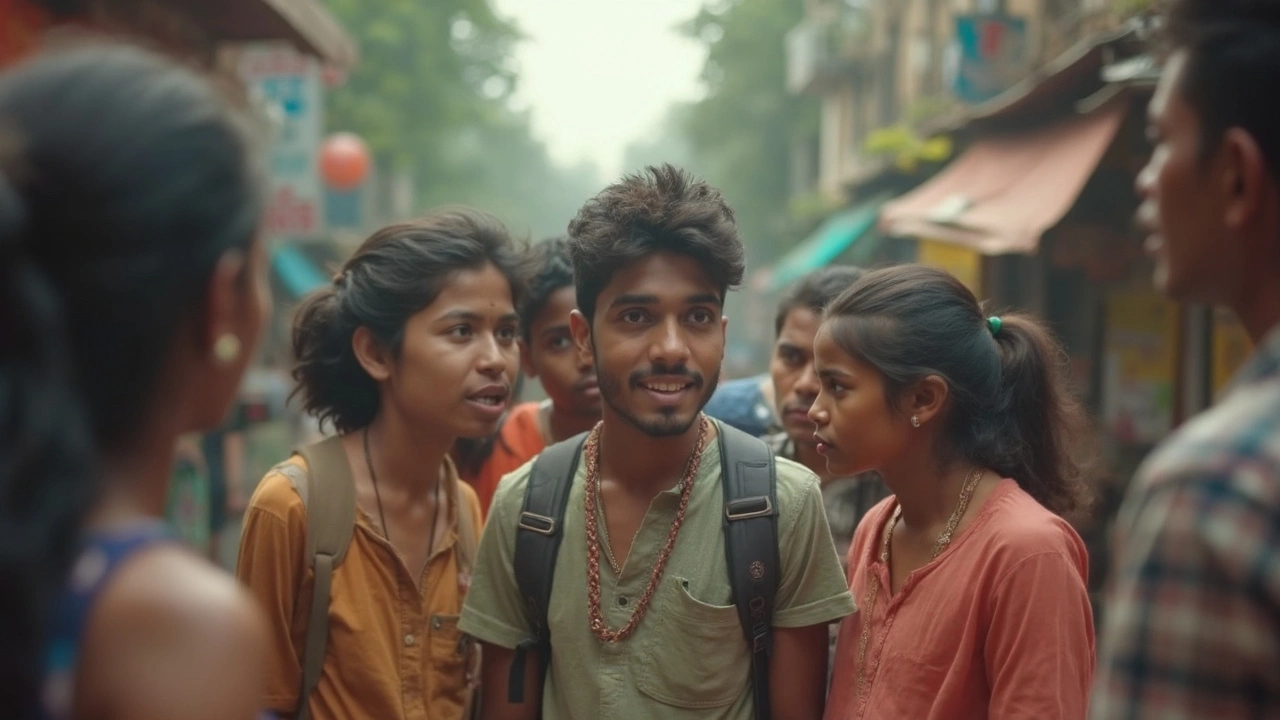

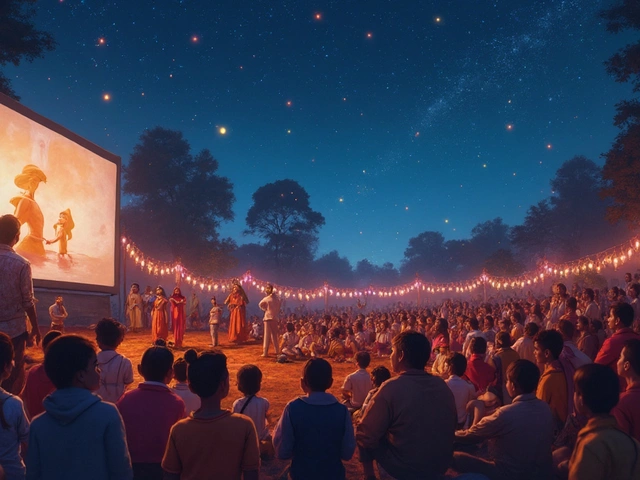
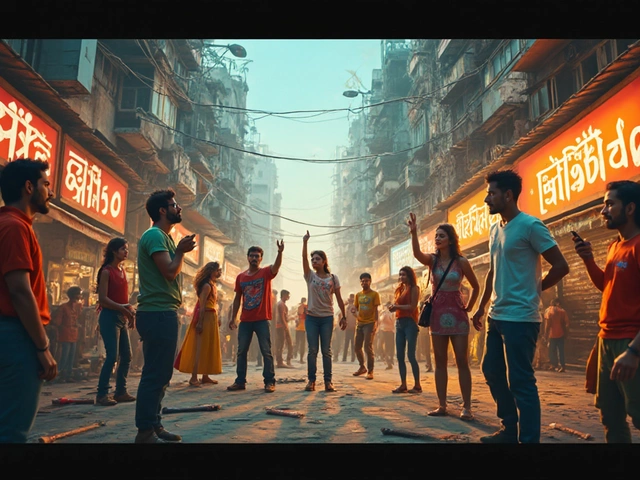

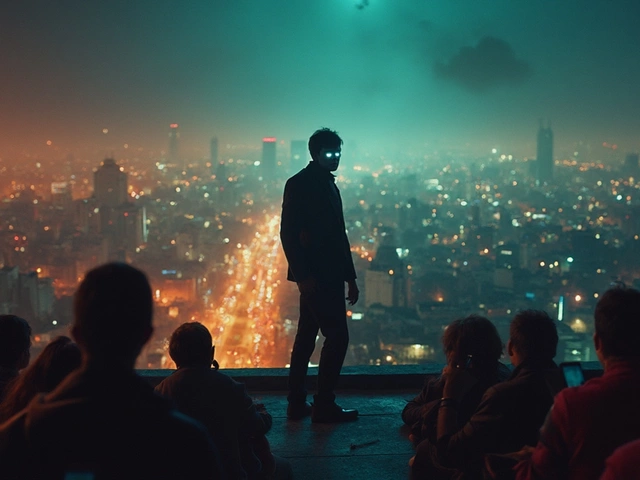
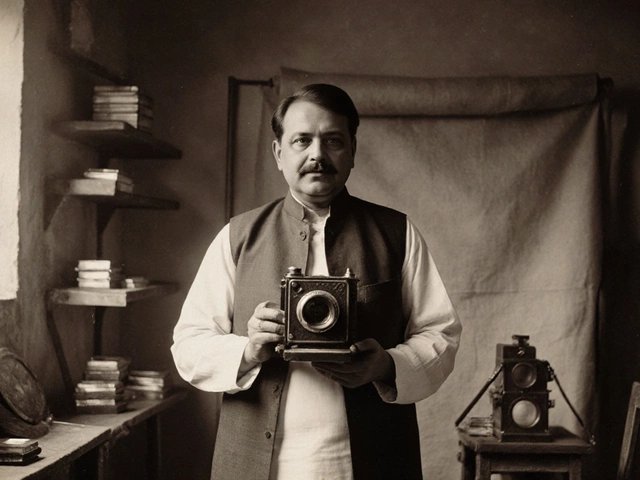
Post A Comment